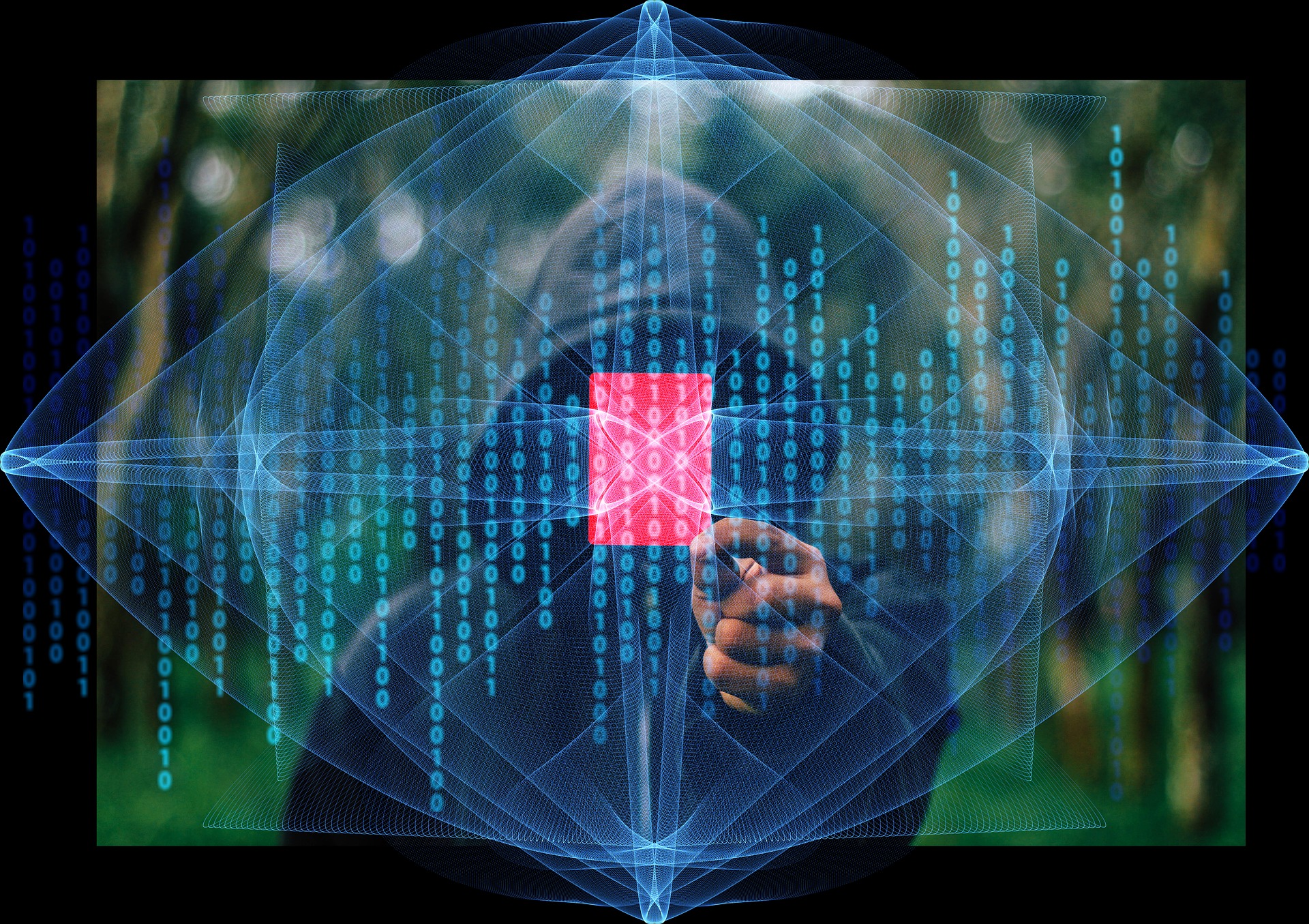As cybercriminals get more creative with how they are able to trick people into their scams to fork out data and money, these new techniques become harder for victims to identify. The most recent of these new forms of attacks is one that is not a direct attack in itself but can be used to exploit consumers and corporations.
You might have come across funny videos in which well-known personalities are saying silly things which obviously are not real. This is an application of deep fake technology which is intended for humor though it gives us an idea of how this technology can be used for less humble intentions.
Essentially, deep fake technology incorporates deep learning systems to modify video and speech to create something artificial or 'fake'. Moreover, through audio software and imaging software, it is also possible to modify audio and images to create a completely new sound or image altogether. Most deep fake applications use a variety of these techniques to create what they do.
Deep Fake Use
The reason why deep fake is not widely used at the moment is that it is relatively expensive and rather complex to be used. However, this doesn't mean that attackers are not using this system and there have already been reports of attacks that imitated the voice of the victims to extort money out of individuals and businesses.
Though in the time to come as the technology which makes it possible to create deep fake material becomes cheaper and the process is learned by more attackers there is likely going to be a surge in the number of attacks that used deep fake systems. Deep fake allows for a variety of exploits and it can be very effective if used correctly, so there is no reason for this to not gain popularity.
Deep Fake In Cyber Crime
When it comes to paperwork and digital documents there are a variety of ways that we can ensure the authenticity of the document and we can also verify it with departments and people. Though when it comes to video or verbal directions, no one thinks of verifying the authenticity of it because we assume that it is real. Considering the fact that deep fakes can be extremely hard to distinguish.
Moreover, deep fakes can also be used to ruin the reputations of people and businesses by issuing media that is false. Therefore it is important we are able to control deep fake attacks in order to protect our assets and our reputations.
How To Protect Yourself
- Educate
One of the best things you can do is to train and educate your employees and stakeholders about deep fake, its uses, and its implications. Everyone in your circle should know about the capabilities of this technology so they can detect any unusual content and take the necessary steps. In this way, they will also be aware of deep fake attacks that may happen outside the organization and in their personal lives. The more up-to-date your team is the better they are equipped to protect themselves and their employer.
- Detection Software
Just like how you can get the software to detect viruses and malware there are also solutions that detect deep fake material. These preventive methods are still being refined but they do give some level of protection in identifying whether or not something is authentic.
- Response Plan
A response plan is important for any kind of attack. In the case of deep fakes, you should have a system that will report the incident, evaluate the situation, take the initial response steps and then also have a detailed action plan to manage the situation internally and externally.
Deep fake attacks are something that is likely to stick around and they are just one more threat that we need to be prepared for. Preventative technology will improve over time but the important thing is to start taking actions today and to continue to develop as things change.



 714-333-9620
714-333-9620